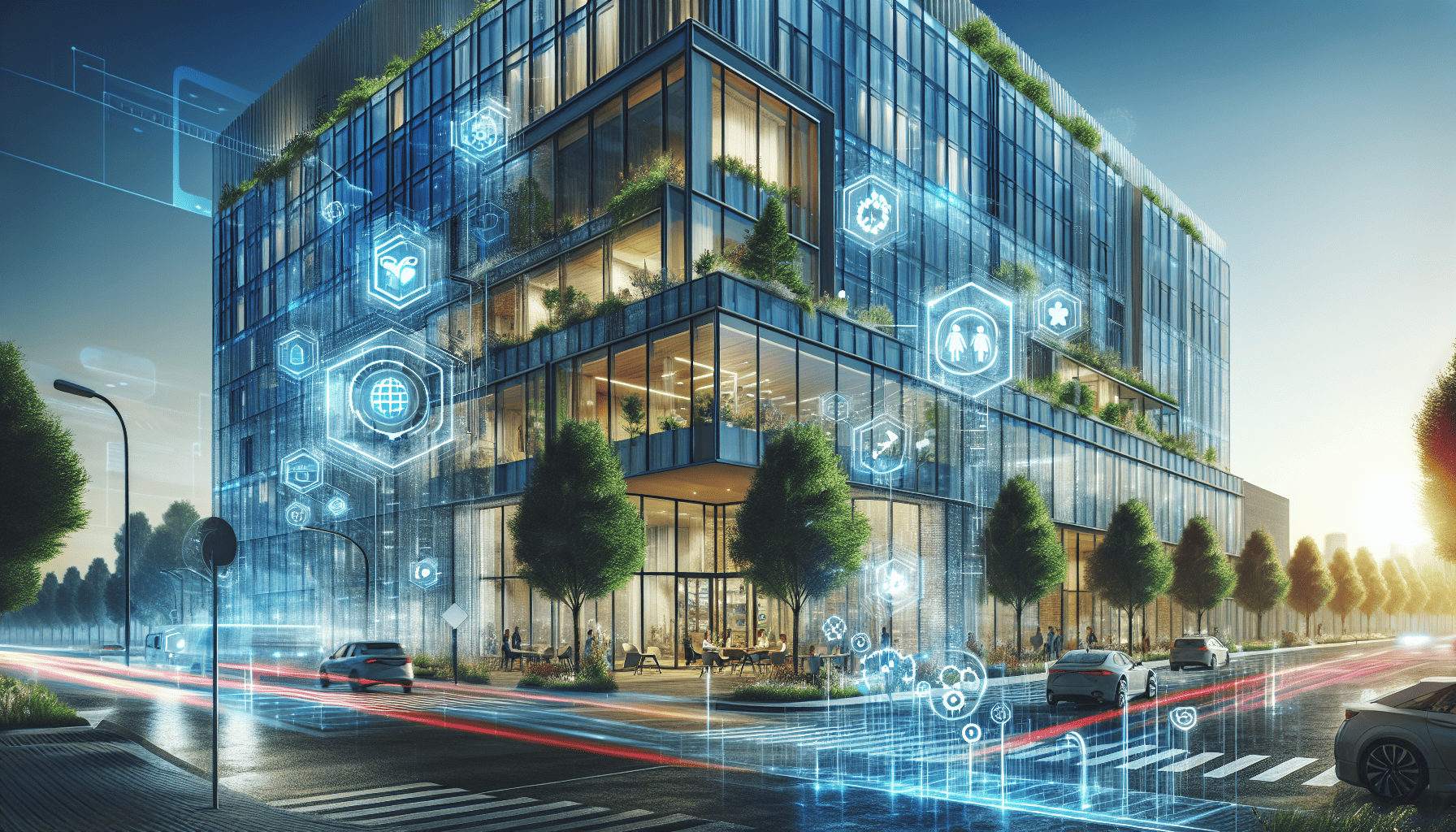The commercial real estate (CRE) sector stands at the cusp of a significant transformation, driven by emerging trends and technological advancements. As businesses and investors navigate through evolving market landscapes, understanding the forces shaping the future of CRE is essential to capitalize on new opportunities and safeguard investments.
One of the most prominent trends reshaping the commercial real estate industry is the increasing demand for flexible office spaces. The rise of remote and hybrid work models has led to a paradigm shift in how organizations think about their physical space requirements. Instead of traditional long-term leases, many companies are opting for short-term, adaptable workspaces that can better accommodate fluctuating workforce sizes and changing business needs. This has given rise to co-working spaces, serviced offices, and modular office solutions that offer the flexibility and scalability modern businesses crave.
Moreover, sustainability has become a central focus in CRE development. As environmentally conscious practices and regulations gain momentum, developers and investors are increasingly prioritizing green building certifications and energy-efficient technologies. Green buildings not only reduce environmental impact but also offer long-term financial benefits through energy savings and potential tax incentives. Tenants, particularly those in tech or focused on corporate social responsibility, are increasingly seeking out spaces that align with their values, boosting demand for sustainable real estate.
Technology's role in shaping the future of commercial real estate cannot be overstated. The proliferation of PropTech, a term for the collection of software solutions and technological innovations in real estate, is revolutionizing how commercial properties are designed, managed, and transacted. From building information modeling (BIM) which enhances the efficiency and accuracy of construction projects, to smart building systems that optimize operational costs by automating lighting, heating, and cooling—technology is streamlining every aspect of commercial real estate.
Virtual and augmented reality (VR and AR) are also making headwinds by transforming property marketing and management. These technologies allow potential clients to experience properties remotely with virtual tours, minimizing the need for on-site visits and expediting decision-making processes. Furthermore, AR applications help facility managers visualize infrastructure layouts, enhancing maintenance and planning.
The integration of data analytics and artificial intelligence (AI) is another game-changer for commercial real estate. With the vast amounts of data generated by IoT devices and other sources, AI algorithms are providing unprecedented insights into market trends, tenant behaviors, and real estate valuations. Predictive analytics and machine learning models are empowering real estate professionals to make data-driven decisions, optimize asset management, and identify lucrative investment opportunities with greater precision.
The rise of e-commerce and changing consumer habits are also impacting the commercial real estate sector, particularly in the retail and logistics space. As consumers continue to gravitate towards online shopping, the need for logistics hubs and last-mile delivery centers has surged. This shift is driving demand for strategically located industrial properties that can support the rapid distribution of goods.
However, as with any transformation, the evolution of commercial real estate brings challenges. Urban areas across the globe face the dual pressure of accommodating growing populations while preserving livability and economic vitality. This calls for innovative urban planning and mixed-use developments that integrate residential, commercial, and recreational spaces, fostering vibrant and sustainable communities.
In conclusion, the future of commercial real estate is being shaped by an array of dynamic forces, where flexibility, sustainability, and technological adoption play pivotal roles. As the CRE landscape evolves, stakeholders stand to benefit from embracing these trends, ultimately creating spaces that fulfill the demands of modern businesses and communities. By staying agile and attuned to these shifts, investors, developers, and tenants can unlock significant value and contribute to a more resilient and forward-thinking real estate ecosystem.
